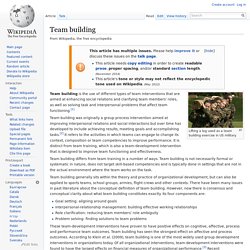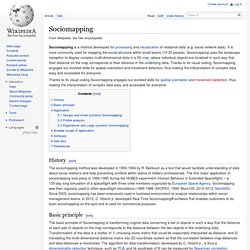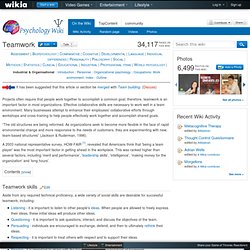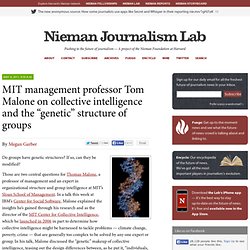

Dream Teams. A stellar team is greater than the sum of its individuals' ideas—from the Beatles to Google to Regis and Kelly, the world teems with proof of this exponential synergy.

Ultimately, the magic behind innovative duos comes down to a few key ingredients: The pair usually has a shared vision, and complementary talents and temperaments. "If one scientist is theoretical and the other is a great lab administrator, they can be very productive," says Vera John-Steiner, a University of New Mexico professor and the author of Creative Collaboration . A careful balance of encouragement and criticism enables creative partners to bring out the best in each other. In the beginning stages of a project, John-Steiner says, the ideas need to flow freely, but great duos must help each other find the "rough diamond" in the brainstorm.
Teams that work and sleep together may have a double-edged partnership. Venturi, for his part, says that the two work in parallel. Team building. Lifting a log used as a team building exercise in US military.

Team building is the use of different types of team interventions that are aimed at enhancing social relations and clarifying team members’ roles, as well as solving task and interpersonal problems that affect team functioning.[1] Team building was originally a group process intervention aimed at improving interpersonal relations and social interactions but over time has developed to include achieving results, meeting goals and accomplishing tasks.[2] It refers to the activities in which teams can engage to change its context, composition or team competencies to improve performance. It is distinct from team training, which is also a team-development intervention that is designed to improve team functioning and effectiveness.
Team building differs from team training in a number of ways. These team-development interventions have proven to have positive effects on cognitive, affective, process and performance team outcomes. Sociomapping. Sociomapping is a method developed for processing and visualization of relational data (e.g. social network data).

It is most commonly used for mapping the social structure within small teams (10-25 people). Sociomapping uses the landscape metaphor to display complex multi-dimensional data in a 3D map, where individual objects are localized in such way that their distance on the map corresponds to their distance in the underlying data. Thanks to its visual coding, Sociomapping engages our evolved skills for spatial orientation and movement detection, thus making the interpretation of complex data easy and accessible for everyone.
Thanks to its visual coding Sociomapping engages our evolved skills for spatial orientation and movement detection, thus making the interpretation of complex data easy and accessible for everyone. History[edit] The sociomapping method was developed in 1993-1994 by R. Basic principle[edit] Application[edit] Teamwork. Assessment | Biopsychology | Comparative | Cognitive | Developmental | Language | Individual differences | Personality | Philosophy | Social |Methods | Statistics | Clinical | Educational | Industrial | Professional items | World psychology | Industrial & Organisational : Introduction : Personnel : Organizational psychology : Occupations: Work environment: Index : Outline Projects often require that people work together to accomplish a common goal; therefore, teamwork is an important factor in most organizations.

Effective collaborative skills are necessary to work well in a team environment. Many businesses attempt to enhance their employees' collaborative efforts through workshops and cross-training to help people effectively work together and accomplish shared goals. “The old structures are being reformed. A 2003 national representative survey, HOW-FAIR [1], revealed that Americans think that 'being a team player' was the most important factor in getting ahead in the workplace.
Edit. MIT management professor Tom Malone on collective intelligence and the “genetic” structure of groups. Do groups have genetic structures?

If so, can they be modified? Those are two central questions for Thomas Malone, a professor of management and an expert in organizational structure and group intelligence at MIT’s Sloan School of Management. In a talk this week at IBM’s Center for Social Software, Malone explained the insights he’s gained through his research and as the director of the MIT Center for Collective Intelligence, which he launched in 2006 in part to determine how collective intelligence might be harnessed to tackle problems — climate change, poverty, crime — that are generally too complex to be solved by any one expert or group.
In his talk, Malone discussed the “genetic” makeup of collective intelligence, teasing out the design differences between, as he put it, “individuals, collectively, and a collective of individuals.” The smart group And what they found is telling. So how do you engineer groups that can problem-solve effectively? Which, yay. The group genome.